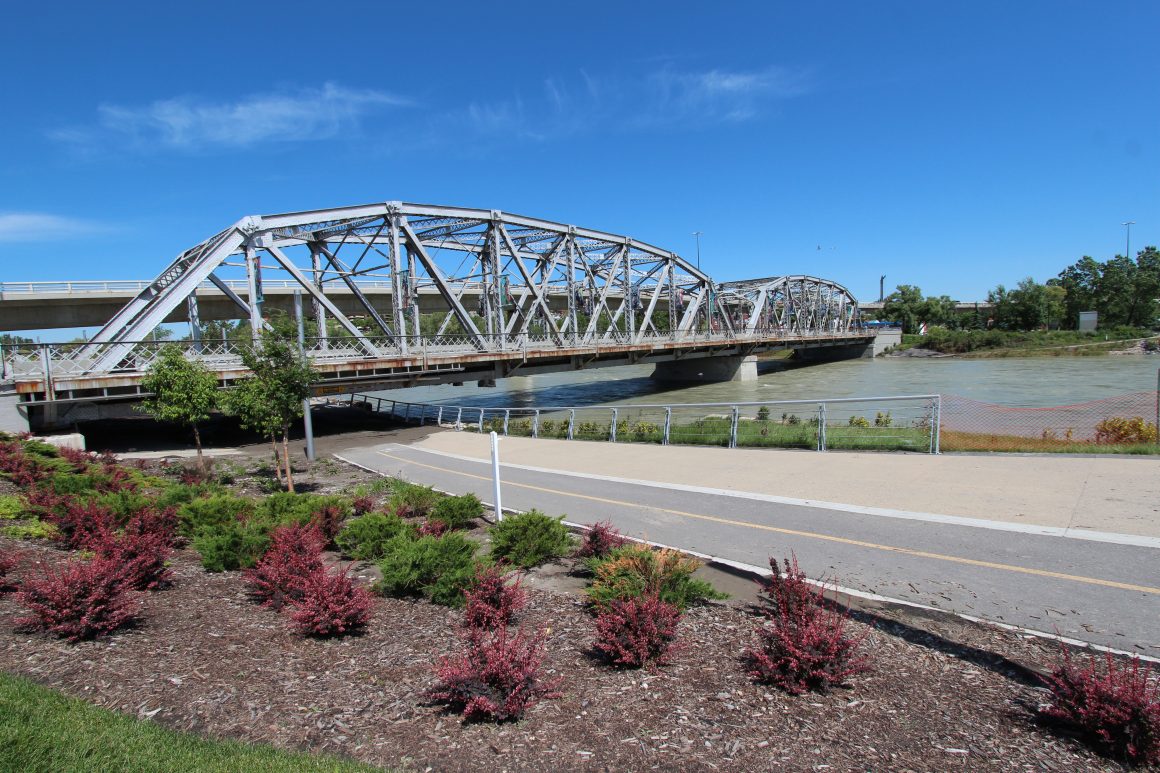
Reconciliation is about more than renaming a Calgary bridge
By Simran Kaler, February 7 2017 —
Calgary’s former Langevin Bridge — named after Hector-Louis Langevin, a Father of Confederation and an initiator of the residential school system — was recently renamed to Reconciliation Bridge. The name change is intended to symbolize a movement towards reconciliation with indigenous communities in Calgary.
However, reconciliation is more than symbolic gestures. The choice to name the bridge to what Mount Royal University indigenous studies librarian Jessie Loyer calls “a fad name” is ignorant.
“There are indigenous names for these places,” Loyer said in a Metro news article. “By renaming the bridge ‘reconciliation’ in English, it silences those names that we have. Those spaces are being covered up, when the point is to be thinking about the ways indigenous history has been silenced.”
The Truth and Reconciliation Commission of Canada was established in 2008 under the terms of the Indian Residential Schools Settlement Agreement. While the truth about residential schools is difficult to come to terms with, it is important to engage in the process of reconciliation.
However, the idea of reconciliation is oversimplified. It tries to push into the future without proper recognition of the past. Not only have residential schools been historically ignored, but even now indigenous cultures and voices are often ignored.
Reconciliation is not a groundbreaking idea. At the 2013 “Restoring Nationhood: Addressing Land Dispossession in the Canadian Reconciliation Discourse” lecture, Leanne Simpson — writer, scholar, organizer and storyteller of Michi Saagiig Nishnaabeg ancestry and member of Alderville First Nation — said “if reconciliation is just about talking and apologizing without any action to dismantle the system of settler colonialism, then how can the relationship change? If we aren’t talking honestly about how indigenous peoples have been disposed of our homelands, how are we going to remedy the situation? How are we doing anything but maintaining the status quo?”
The poor treatment of indigenous peoples is part of Canada’s history. The bridge was named after a man who helped create residential schools so indigenous people would not “remain savages.” Renaming a bridge alone isn’t a move forward from this brutal, overlooked history.
